After a 15-year old boy from the Yanomami tribe in the Amazon died from the coronavirus, fear spread across Brazil and neighboring Venezuela regarding the unique vulnerability of the region’s Indigenous communities. In fact, the incident brought forth a renewed focus on the unparalleled and unprecedented dangers facing Indigenous and tribal communities across the world, which are typically close-knit and fairly isolated groups with low levels of immunity and scarce access to medical facilities.
Brazil’s Socio-Environmental Institute (ISA) revealed that the virus was introduced to the tribe by a miner who had illegally entered Yanomami territory. This is an all too common occurrence under current President Jair Bolsonaro, under whom 20,000 illegal miners traverse the Indigenous Yanomami Territory with impunity and the complicity of the government. 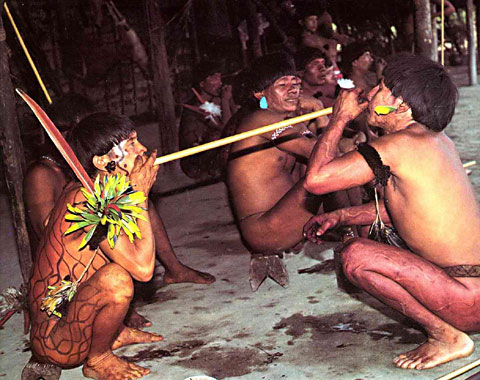
As far back as 1998, well before he became President, Bolsonaro said, “It’s a shame that the Brazilian cavalry hasn’t been as efficient as the Americans, who exterminated the Indians.” In 2015, he said, “The Indians do not speak our language, they do not have money, they do not have culture.” In 2016, he said he would “rip up" Indigenous territory once he was in office and “give all the ranchers guns”. In 2017, he said, “If I become President there will not be a centimeter more of Indigenous land.” In 2018, he corrected himself to say he meant “not one millimeter”.
Once he became president in January 2019, Bolsonaro did not renege on his previous promises. He has since claimed that the Indigenous people are like “animals in zoos” and “prehistoric men”. In the first year of his rule, Amazon deforestation rose by 29% to an 11 year high, and by 71% from January 2019 to January 2020, severely threatening both the environment and the 900,000 Indigenous peoples of Brazil. In response, he said that deforestation is part of the “cultural” fabric of Brazil and will “never stop”.
During the 1960s measles outbreak, which killed an estimated 9% of infected Yanomami tribesmen, and other past epidemics, the tribe split into smaller groups and retreated farther into the forest to further distance themselves from cities, towns, and villages. However, given the increasing incursions into Indigenous territory by loggers, hunters, and missionaries, who operate with the government’s blessing, each passing year leaves less and less land into which these tribes can move. In addition, Brazil's environmental agency, Ibama, is sending fewer enforcement personnel to monitor environmental crimes during the ongoing pandemic, possibly leading to a rise in deforestation and unwanted and dangerous contact between Indigenous tribes and miners and loggers.
Hence, while Brazil has an estimated 107 uncontacted tribes, their period of isolation is likely coming to an end as people push deeper into the Amazon rainforest. With this, these tribes will be exposed to diseases that they are not prepared for due to their low immunity–which is characterized by malnutrition, hepatitis B, diabetes and respiratory diseases–and limited access to medical care. Either through force, choice, or desperation, several groups have expanded their interactions with neighboring cities and towns to receive pensions and to access government cash-transfer programs. However, the increased interactions and growing dependence of Indigenous tribes on the government have not resulted in significant governmental investment in medical infrastructure in their region.
For example, in São Gabriel da Cachoeira, an Amazonian municipality bordering Colombia and Venezuela, there are no ventilators in the nearest hospital. Residents would be forced to take a 1,000 km boat ride to Manaus. Even so, the mayor of Manaus has said that the city lacks sufficient ICUs to “meet demand”. Additionally, a nurse for the Special Secretariat for Indigenous Health (Sesai) says that there are no COVID-19 testing kits and that there is a severe lack of protective masks and other medical equipment in Indigenous villages. Furthermore, as food stocks run out during the pandemic, contacted tribes may be forced to venture out farther from their lands in search of food, placing themselves in harm’s way.
Several Indigenous communities have set up blockades to prevent outsiders from entering their lands and possibly infecting their people. However, given that over 1,700 land defenders have been killed since 2000, with only 10% of the killers being punished, this form of self-defense comes with inherent non-coronavirus-related risks.
The situation is equally bleak and ominous for other disenfranchised Indigenous and tribal communities across the world, who live at the margins of society, both literally and figuratively.
In fact, Latin America’s 33 million Indigenous peoples, 90% of whom are from Bolivia, Ecuador, Guatemala, Mexico, and Perú, are under threat from oil exploration, mining, logging, and agricultural expansion, much like their Brazilian counterparts. Thus, Indigenous communities, which already have greater pre-existing illnesses and a weaker immune system than the average population, are rendered acutely vulnerable as a result of increased contact with the outside world. The coronavirus is more prevalent and dangerous in patients with hypertension, high blood pressure, and heart disease, all of which are highly common among Indigenous communities. Once the disease spreads in such communities, it can be very difficult to contain as they live in very close proximity to others. Moreover, self-isolating is challenging for a population whose lifestyle and sustenance centers around being outdoors and does not generally involve the use of soap or hand sanitizer.
In response to these threats, the Confederation of Indigenous Nationalities of the Ecuadorian Amazon (CONFENIAE) empowered its Indigenous population to take the measures they deem necessary to contain the virus among their population. Additionally, it “closed all access to the rainforest, denying entrance to both tourists and Ecuadorian nationals”, and demanded that oil, mining, hydroelectric, and logging companies operating in the rainforest stop rotating staff, bringing in staff from cities, and halt all activities near Indigenous communities. As a result of these preventative measures, and of Indigenous communities retreating further into the rainforest, there are currently no reported cases among Ecuador’s Indigenous population.
Other countries, like Colombia, which reported its first two cases of the coronavirus among its Indigenous population on March 31, have not prepared as well. There are roughly two million Indigenous people in Colombia, comprising 115 groups, many of whom live near cities and towns. The Yukpa tribe, for example, which accounted for the two COVID-19 cases among Colombia’s Indigenous population, is situated along the border of Colombia and Venezuela. Many Venezuelans cross this border to seek refuge in Colombia. While Colombia has closed its national parks and its borders with Venezuela, its borders with Ecuador, Peru, Panama, and Brazil remain largely unguarded, putting Indigenous communities at risk. 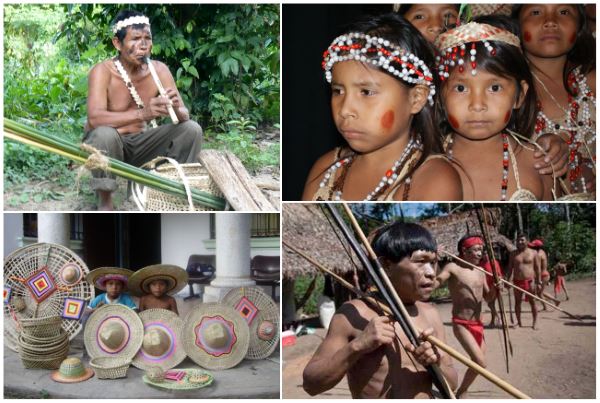
On the other hand, the one million Maasai people in Kenya have closed their livestock markets to reduce their contact with the outside world. Encouragingly, they are also practicing some forms of social distancing amongst other tribespeople, and have temporarily suspended cultural rites of passage such as the “building of ceremonial structures (Manyattas), of warriors graduations and burial rites”.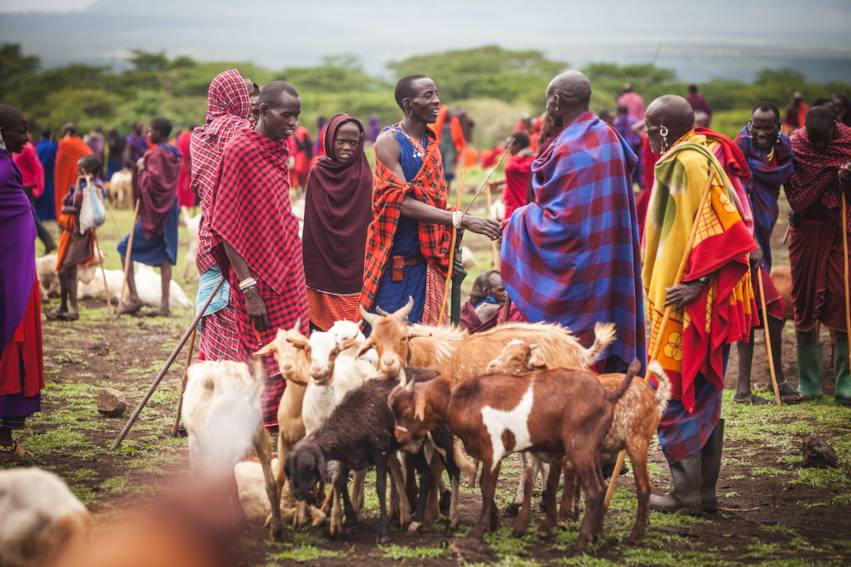
Closer to home, in India, the Andaman and Nicobar Islands are home to five Particularly Vulnerable Tribal Groups (PVTGs): the Sentinelese, Jarawa, Great Andamanese, Ongi and the Shompens. Port Blair, the capital city of the islands, which is just 100 kilometers from the Jarawas’ tribal reserve, has seen a spate of new coronavirus cases after some of the islands’ residents visited the now-infamous Tablighi Jamaat gathering in Delhi. Seeing as the islands’ Indigenous population only numbers in the hundreds, the spread of the coronavirus could drive their communities to extinction. In response, the islands have been locked down and the Indigenous communities have been moved deeper into the forest. However, given that several Jarawas continue to work as field workers, the danger still persists, despite the provision of masks and sanitizers. 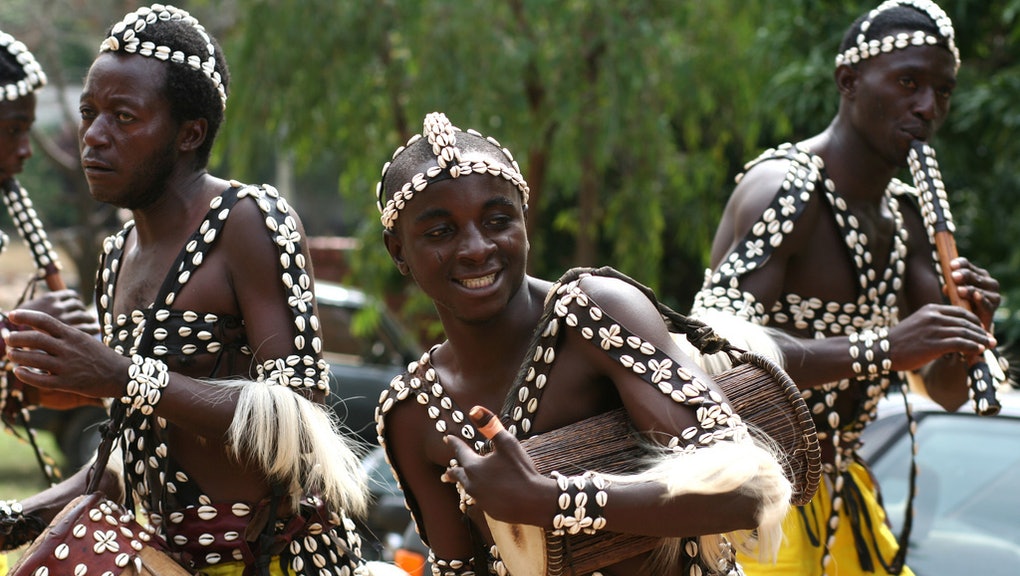
These dangers to Indigenous and tribal communities are not only present in developing countries, but also in wealthier, more developed countries with supposedly superior healthcare systems.
In the United States, the five million people who identify as American Indian and Alaskan Native are up to 600 times more likely to die of diabetes, cancer, heart disease, cardiovascular disease, cancer, and asthma than the average population. Given Native Americans’ troubled history with infectious diseases, there is a fear that the coronavirus could “wipe [them] out”. For example, in 1918, the mortality rate for the flu among American Indians was four times higher than the general population. In the Inupiat village in Alaska, 72 out of 80 residents perished.
In Canada, the northern Indigenous communities live in remote areas, where healthcare facilities are few and far between. In response, Prime Minister Justin Trudeau announced a $305 million community support fund to address the “unique needs” of First Nations, Inuit, and Métis communities during the ongoing pandemic. While it is not clear what the funds are earmarked for, it has been suggested that it will be used to improve healthcare infrastructure and address housing and food shortages. However, companies are continuing to work on “major resource extraction projects, such as oil and gas pipelines and hydroelectric dams”, which run through Indigenous territories, thus presenting a monumental “threat to the health, safety and wellbeing” of those communities.
In Australia, too, the 12,000 Indigenous peoples are “frightened” by the prospect of having to deal with a coronavirus outbreak in their communities. Aboriginal Australians have a lower life expectancy and higher rates of respiratory disease, heart disease, and diabetes than the general population. Hence, the Australian government restricted access to their communities to “essential-visitors” only, and prevented people from leaving, except in “exceptional” cases. Some communities live hundreds of kilometers away from a hospital. While several can access primary healthcare, these are largely clinics, not hospitals with ventilators or adequate staff. The Australian government is therefore having to consider sub-optimal resolutions, such as using mobile respiratory clinics and “using tents in overcrowded communities for quarantine and isolation”.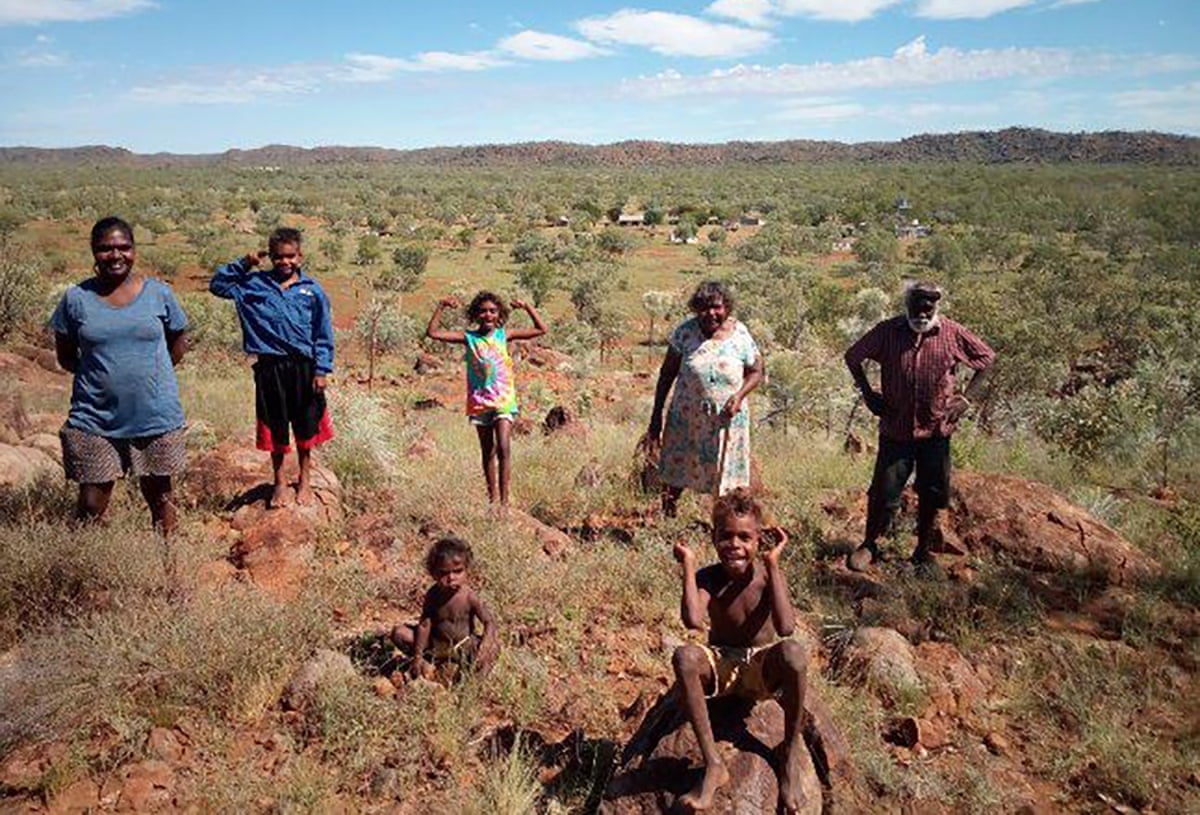
Therefore, the coronavirus has once again illuminated the unique vulnerability of Indigenous and tribal communities across the globe to infectious diseases. A lack of accessible and adequate medical facilities, alongside lower levels of immunity in Indigenous communities, renders them disproportionately susceptible to succumbing to COVID-19. It is for this reason that the United Nations called on the “international community to include the specific needs and priorities of Indigenous peoples in addressing the global outbreak of COVID 19”.
Several countries have implemented contingency measures to address these risks. However, given the centuries of oppression faced by Indigenous peoples, which continues to this day and even through the ongoing pandemic, it remains unclear how committed governments are to preventing the spread of the coronavirus in these communities. Perhaps the best way governments could have helped Indigenous communities was to leave them alone. But, the interconnected nature of the modern era, which is characterized by capitalistic greed and sprawling urbanization, has made it virtually impossible to limit contact with such communities. Thus, the ongoing crisis may require damage control and a level of intrusiveness Indigenous and tribal communities are not comfortable with. However, considering their dark history with infectious diseases–wherein 90% of the Indigenous population in the Americas was wiped out by European-brought diseases–and their continued marginalization, one cannot begrudge them if they are skeptical of governments rushing to contain a virus that shouldn’t have reached these communities to begin with.
Too Little, Too late? COVID-19 and Indigenous and Tribal Communities
Indigenous and Tribal communities are uniquely vulnerable to infectious diseases.
April 18, 2020
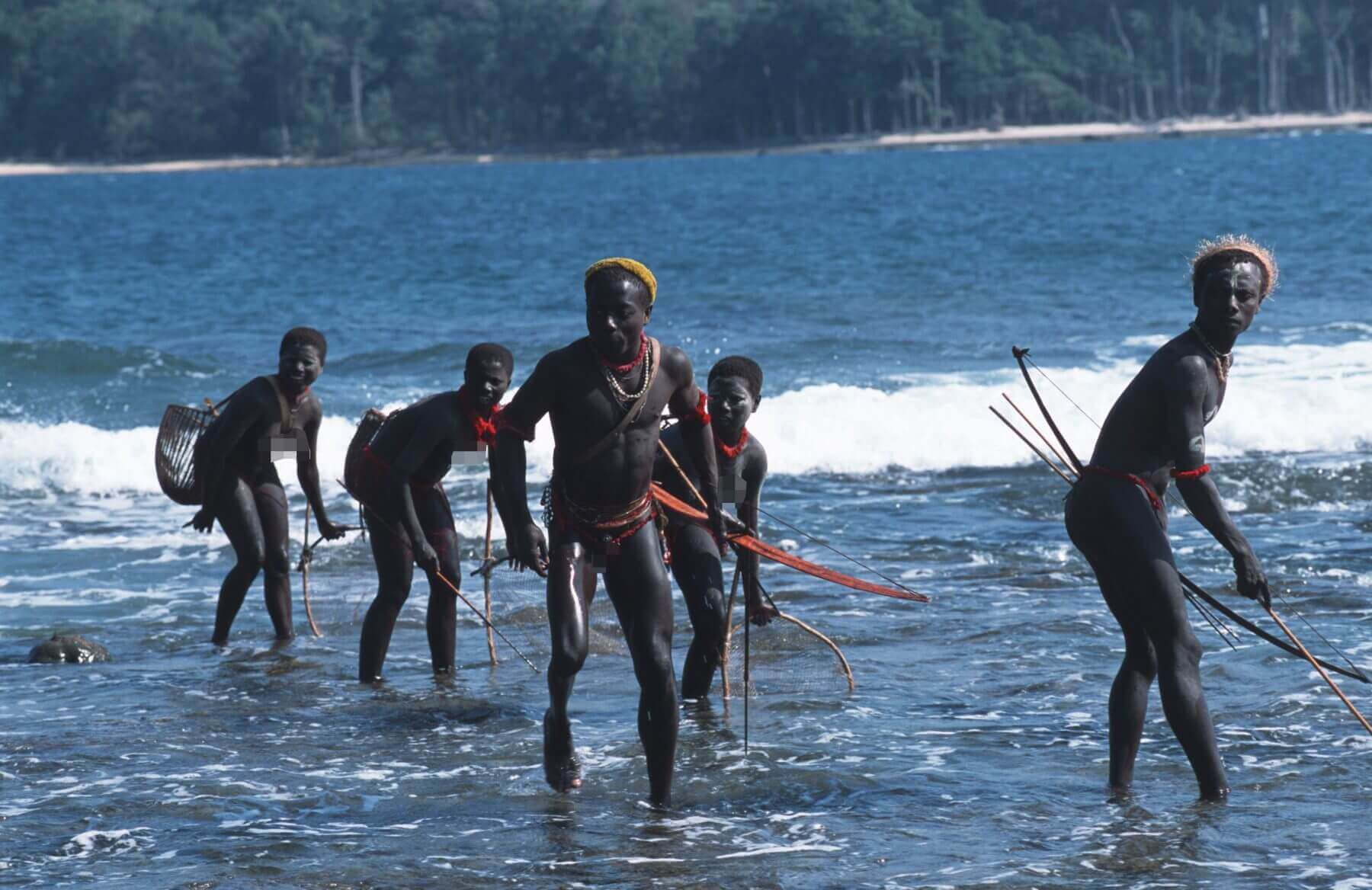
IMAGE SOURCE: THIERRY FALISE / LIGHTROCKET VIA GETTY IMAGESA lack of accessible and adequate medical facilities, alongside lower levels of immunity in Indigenous communities, renders them disproportionately susceptible to succumbing to COVID-19.
